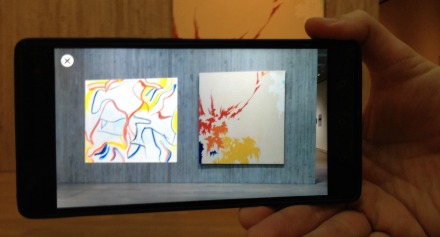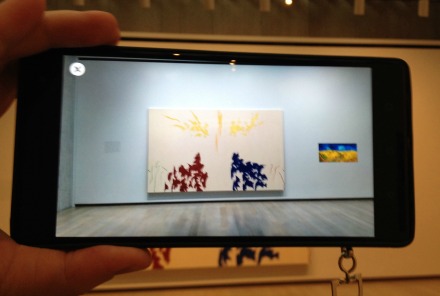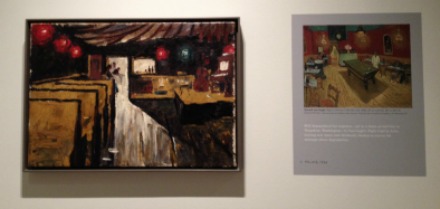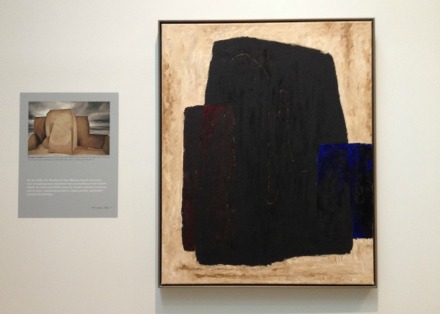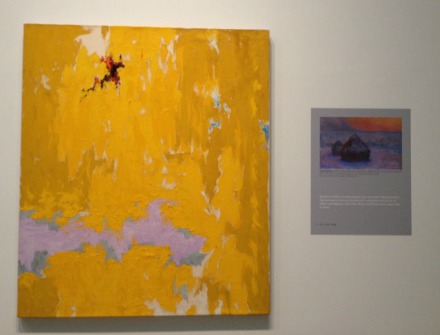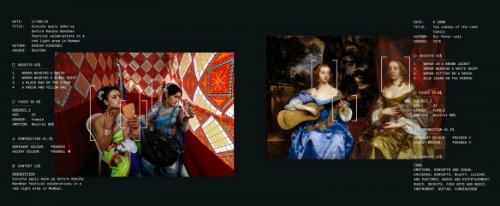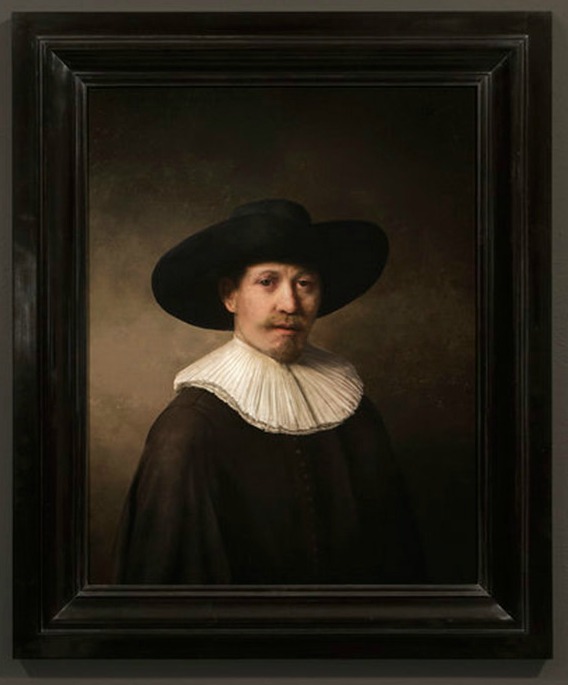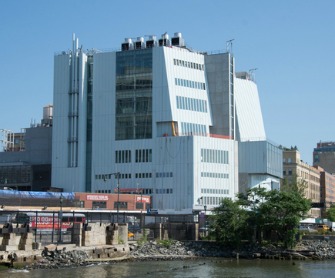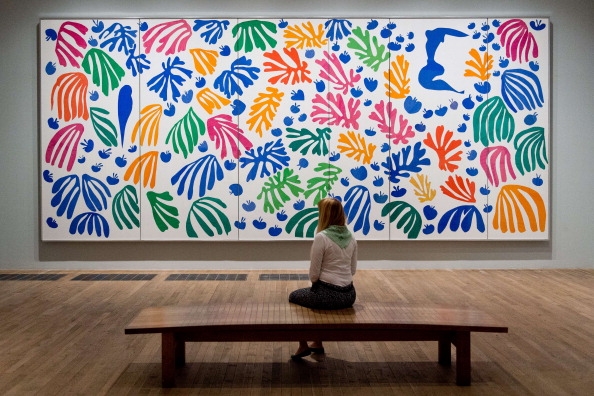Sex, food, drugs, art–are they all the same? Do they provide the same kind of pleasure and engagement?
 No, says Julia F. Christensen, a neuroscientist at the Warburg Institute, University of London. She says–and I seriously hope she is correct–that art engages the brain in a special way that can “help overwrite the detrimental effects of dysfunctional urges and craving.” In an opinion piece published by the Royal Societyy last year, “Pleasure Junkies All Around: Why It Matters and Why ‘the Arts’ Might Be the Answer,” she apparently wrote that, according to the abstract,
No, says Julia F. Christensen, a neuroscientist at the Warburg Institute, University of London. She says–and I seriously hope she is correct–that art engages the brain in a special way that can “help overwrite the detrimental effects of dysfunctional urges and craving.” In an opinion piece published by the Royal Societyy last year, “Pleasure Junkies All Around: Why It Matters and Why ‘the Arts’ Might Be the Answer,” she apparently wrote that, according to the abstract,
We expect to obtain pleasurable experiences fast and easily. We are used to hyper-palatable foods and drinks, and we can get pornography, games and gadgets whenever we want them. The problem: with this type of pleasure-maximizing choice behaviour we may be turning ourselves into mindless pleasure junkies, handing over our free will for the next dopamine shoot….
In excess, however, such activities might have negative effects on our biopsychological health: they provoke a change in the neural mechanisms underlying choice behaviour. Choice behaviour becomes biased towards short-term pleasure-maximizing goals, just as in the addicted brain…
…it is proposed that engagement with the arts might be an activity with the potential to foster healthy choice behaviour—and not be just for pleasure. The evidence in this rather new field of research is still piecemeal and inconclusive. This review aims to motivate targeted research in this domain.
Well, that set off an argument, as I learned in yesterday’s New York Times. Its article, headlined online as Why Scientists Are Battling Over Pleasure. (which was a heck of a lot better than the print hed, Mona Lisa and Pornhub as Equals? Where is taste when you need it?), doesn’t really take sides but gives the last word to sex–quoting a sex expert as saying that some foods are orgasmic.
Back to art, I side with Christensen in one respect–she advocates more study about the pleasures of art.
The Times article, and presumably her paper, cited three core elements that all sides could back–and these, too, are very interesting:
â– As with wine, how much people enjoy art seems to be affected by contextual cues like price or the reputation of the creator.
â– Art is difficult but possible to define. (Definitions vary, however.)
â– Across cultures, what people perceive as beautiful is less consistent with artwork than it is with architecture, landscapes and faces. (Faces are the most consistent.)
Neuroaesthetics is in its infancy–why close off further research? Or why even dispute an early, very qualified (in the limited sense), tentative conclusion?

